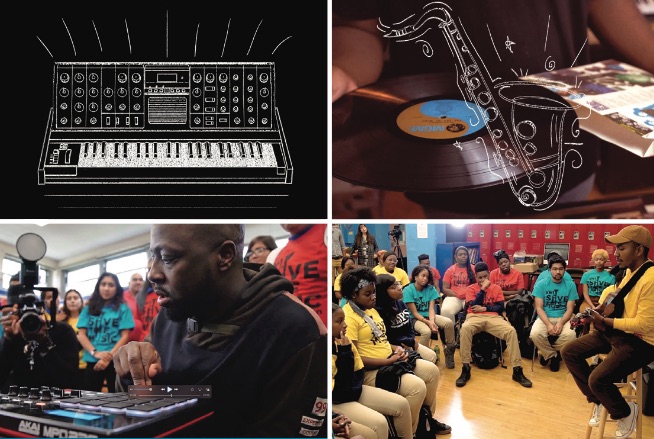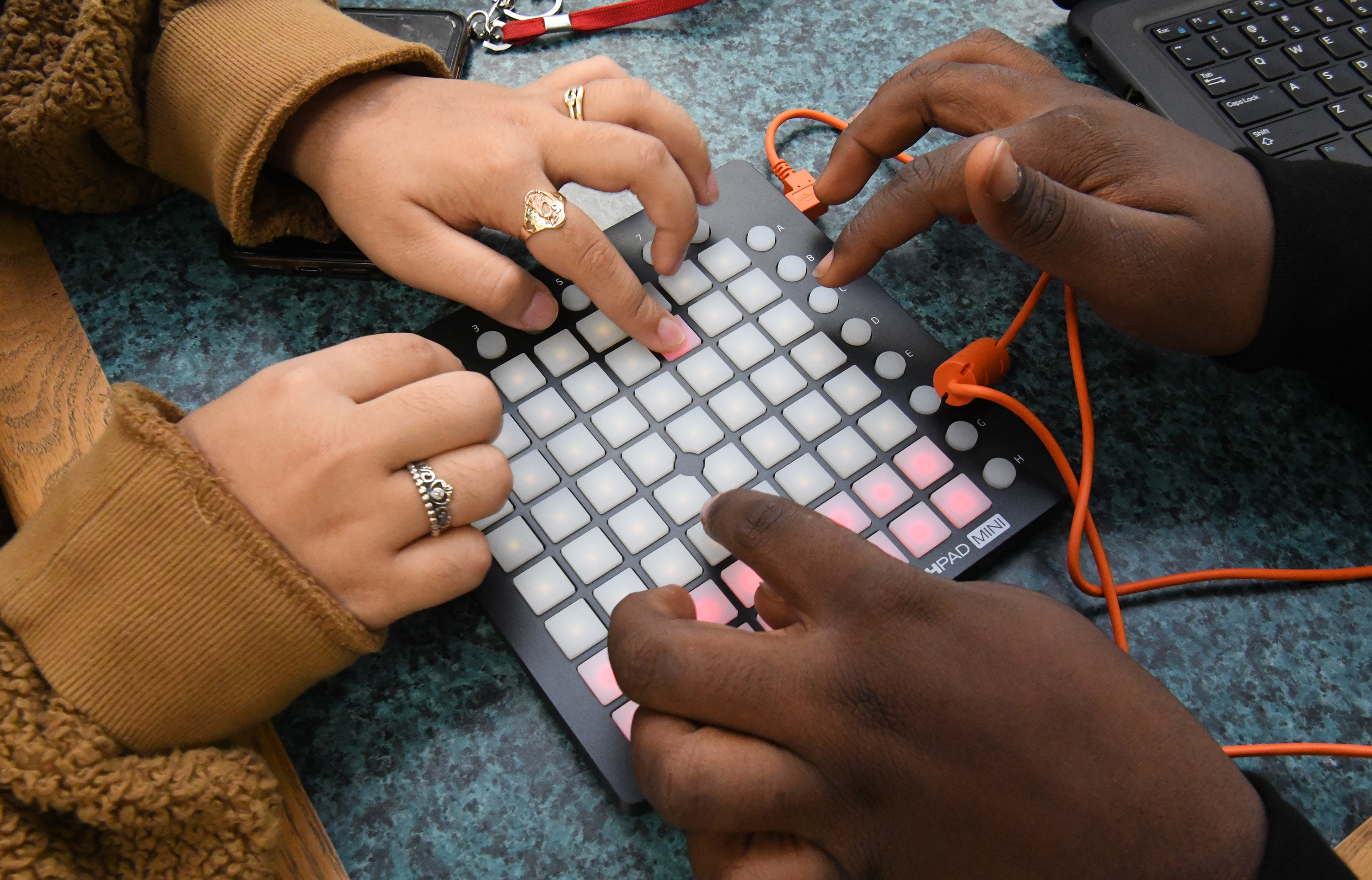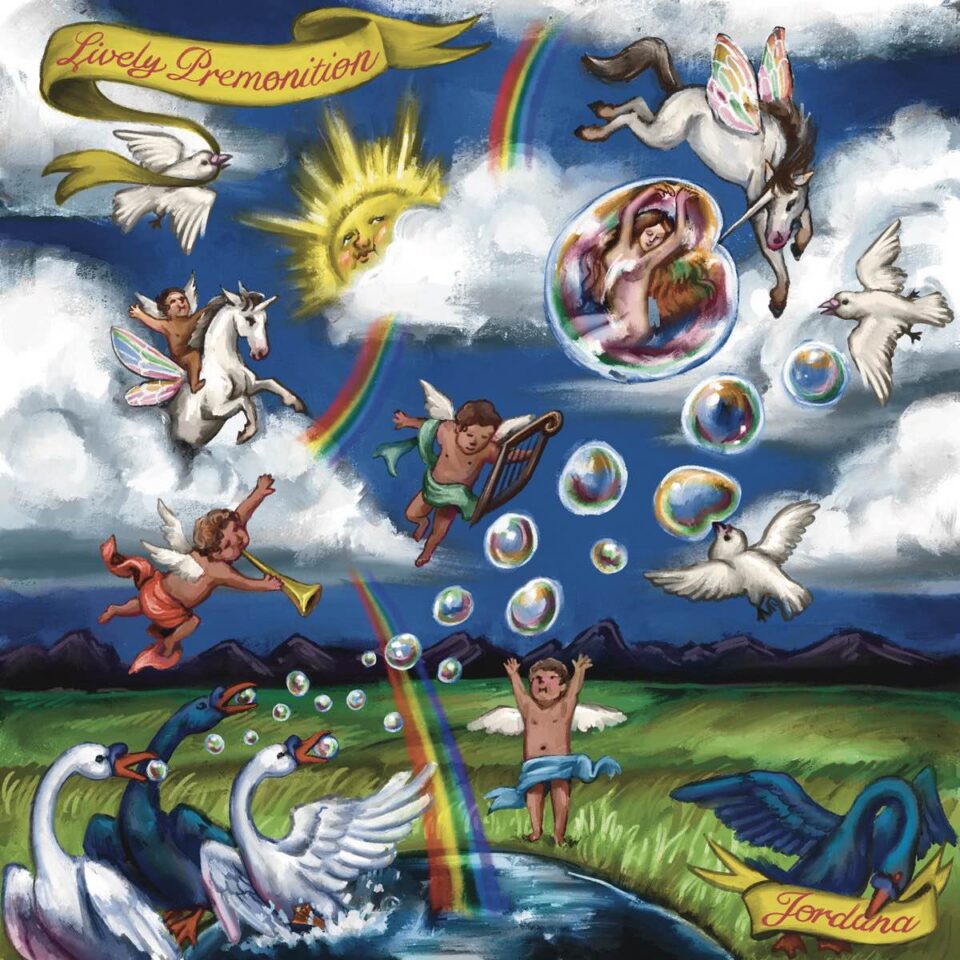This article appears in FLOOD 12: The Los Angeles Issue. You can purchase this special 232-page print edition celebrating the people, places, music and art of LA here.
Julio Sequeira opens a tall cabinet in the music technology classroom at Belmont High School, one of Los Angeles Unified School District’s historic campuses near Downtown LA. Every inch of shelf space is stocked with music-related equipment—headphones, microphones, cables—while computers, iPads, mixers, controllers, and more headphones are strewn about the classroom’s many tables. This wealth of gear comes from the non-profit organization Save the Music Foundation’s J Dilla Music Tech Grant, of which Sequeira, Belmont’s music teacher, is the first LAUSD recipient.
“Save the Music literally saved the music,” says Sequeira, himself an alumnus of Belmont’s legendary music program. “When I got here, everything that the school had was basically gone. We were scavenging for instruments. We should have had a hidden camera to capture the students when they came into this lab for the first time. They were in shock, especially that we would get ‘nice things’ at Belmont.”
Sequeira is an accomplished guitar player who’s on his way to earning a doctorate in musical arts. He caught the music bug after watching The Beatles’ A Hard Day’s Night when he was in fifth grade. He fudged his home address in order to be able to attend Belmont, solely so he could join the school’s music program, specifically the jazz band. Sequeira returned to his alma mater during the fall of 2018 to revitalize the program, which had been dormant for a number of years. Save the Music made him a grantee the following year.
“Save the Music’s mission is that every student in every public school in the United States should be making music as part of their school day,” says the foundation’s Executive Director, Henry Donahue. “There are about five million Black and Latino students in inner city and rural school districts who don't have music as part of their school day. When those districts agree to bring a teacher like [Sequeira] back to the classroom to teach a class like music technology during the school day, for credit, then we make a capital investment.”
In addition to the hardware, the J Dilla Grant—named after the late, groundbreaking hip-hop producer—includes the digital audio workstations Soundtrap and FL Studio, a full curriculum developed with Arizona State University’s Consortium for Innovation and Transformation in Music Education (CITME), and hands-on support from the local non-profit Give a Beat. While Sequeira’s roots are in acoustic instruments, he has embraced the music tech offered by the J Dilla Grant.
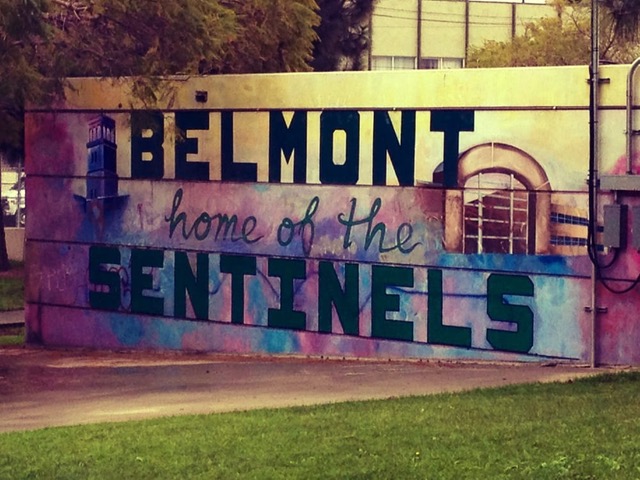
“Save the Music literally saved the music. When I got here, everything that the school had was basically gone. We were scavenging for instruments.”
— Julio Sequeira, Belmont High School music teacher
“This is where music education is headed,” says Sequeira. “Everyone talks about 21st century skills, it doesn't get any more 21st century than this. The music software shows the kids literal real-world, hands-on applications. The music tech is open to all our music students. Every student gets a chance to come into the music lab, work on their material, and create something out of it. Some of these kids who never thought they could make their own music or do their own beats, they're doing it here. It’s cool for students to see something they’re learning in school is tangible. They can take it with them when they graduate from high school saying, ‘I know how to do this.’”
Ten minutes away in the Cypress Park area, at Florence Nightingale Middle School, instrument cases are stacked high on top of each other in Dr. Diana McConnell’s music classroom. These instruments are only a fraction of those included in Mariachi, one of Save the Music’s Core Grant programs.
McConnell came to Nightingale in the fall of 2011, specifically to bring a mariachi program to the school. It took a few years before a mariachi class was incorporated into the school schedule, and even longer for her to collect the instruments specific to mariachi: guitarrones, vihuelas, guitars, violins, and trumpets. A working musician in addition to her teaching role, McConnell performs regularly with her band, Grupo Bella, playing gigs as far south as Mexico. Every trip there, McConnell would visit the mercado to purchase vihuelas and guitarrones for her mariachi students, asking her band members to kindly bring the instruments back to the United States as part of their carry-on luggage.

This year, Save the Music’s Mariachi Grant provided McConnell and three other middle schools in LAUSD’s Local District East with 50 instruments each, as well as accessories including polish cloths, tuners, music stands, and racks. “It’s been difficult to keep the program growing,” says McConnell. “There are a lot of schools where you can't be in a music program unless you have your own instrument. Getting these instruments is going to help a lot with longevity. We can stretch and serve more students. The kids are excited and are loving these beautiful new shiny instruments.”
The Mariachi Grant also supplies method books, teacher training, and a subscription to the music learning software SmartMusic, which McConnell raves about, citing its myriad technological capabilities ranging from performance to recording as invaluable to students’ music education. “We’re not just dropping instruments off at a school and saying, ‘Good luck,’” says Jaclyn Rudderow, Senior Director, School Programs at Save the Music. “We come as part of the local community’s arts and music education ecosystem: arts administrators at the district such as Dr. Steven J. McCarthy, the LA County Office for Education, the LA County Arts Commission, all the other people doing the great work that provides music education opportunities to students, to strategize on how we can make the biggest impact in LA and have the decision makers invested from the beginning. We’re listening and learning and ensuring what we're doing and what we're contributing makes sense for that unique community.”
“We’re not just dropping instruments off at a school and saying, ‘Good luck.’ We’re listening and learning and ensuring what we're contributing makes sense for that unique community.”
— Jaclyn Rudderow, Save the Music

The focus is on communities where investment can be made in a minimum of 30 to upwards of 100 schools, and where the school district can make a 10-year commitment on their end, in order for genuine change to take place. (LAUSD has, to date, received 64 grants across its elementary, middle, and high schools.) This change isn’t strictly focused on traditional music students, but a cross-section of music-related careers. “Music software is a powerful tool that provides a very low-barrier way for students to learn music and the basics of composition,” says Rudderow, who put the focus on GarageBand and Soundtrap for students during the pandemic. “Students are very comfortable with the software, and from a music technology point of view, it's an amazing entry point to making music for kids who maybe wouldn’t have picked up an instrument.”
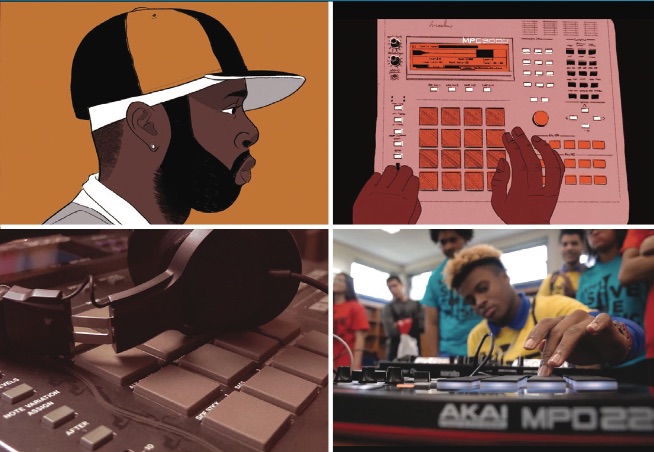
“We pull in the music kids,” says Donahue speaking about the J Dilla Grant, “but also a whole other population of students who weren't on that traditional music track, or band track, but are interested in beats or production or audio. We've also made a big push in the last two years to do more work with teachers around things like career pathways. Students tend to be very focused on the performance path. But they really benefit from seeing someone from their community who's doing one of the other 99 jobs in music or the music industry that may be more sustainable and lucrative than being an artist.”
Save the Music’s work in schools across the United States to the tune of over 100 school and community grants this past year is supported by the cloud-based customer relationship management system provided by Salesforce.org, which Donahue says is the “backbone of our whole organization,” particularly Saleforce’s collection of every piece of data and information into a very easy-to-use database.
“We pull in the music kids, but also a whole other population of students who weren't on that traditional music track, or band track, but are interested in beats or production or audio."
— Henry Donahue, Save the Music

“You do have to ‘push beyond conventional thinking,’ push past the familiar,” says Sequeira. “It is an ‘extraordinary collaboration.’ When we brought the music tech component, it’s like, ‘Here’s Belmont again, coming out in full force and setting the trend, again. I really believe that this is the next step in music education.
“I tell my students all the time that they have no idea how lucky they are to be coming to Belmont,” he continues. “That it’s a privilege because of all the great things that come out of here, and this is just another great example. My music teacher when I went here used to say, ‘This isn’t my program. This is our program. I’m just taking care of it for the next person.’ When I came back, I had that same mentality. If anything, I’m just taking care of it for the next person. It’s bigger than any one of us.” FL
